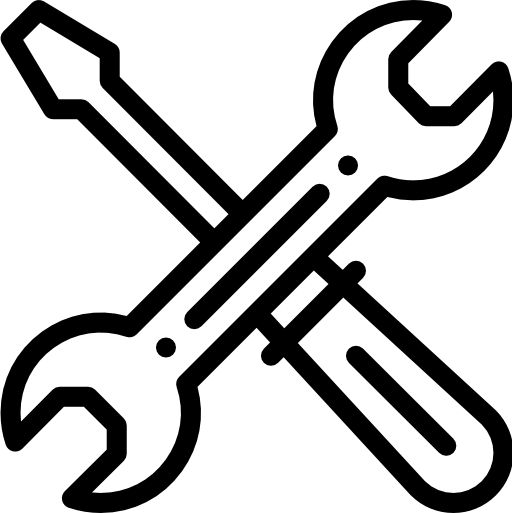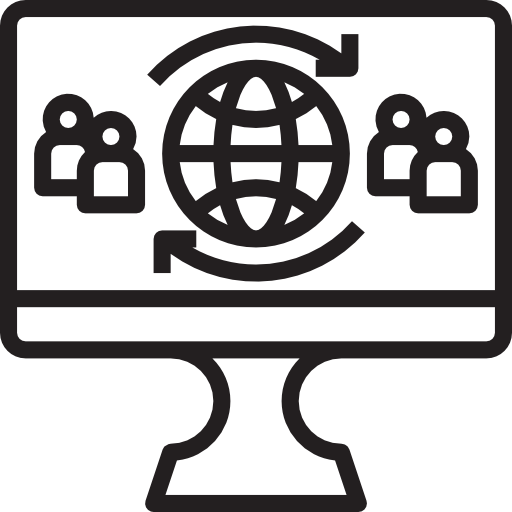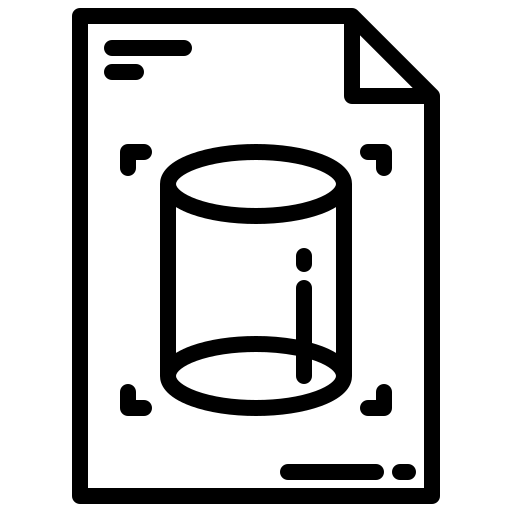Our vision
Vision – Production Next Door
Manufacture of products by regional companies
Our motivation stems from the crises of the past years (global pandemic, new trade barriers) and the global challenges (climate crisis, international conflicts), which reveal the weaknesses and fragility of a global, industrial value creation based on the division of labor. Global supply chains result in ever-increasing costs, emissions, and risks, and in many cases are subject to fundamental disruptions. The promotion of local value creation structures has numerous potentials to meet current ecological, economic and social challenges (strengthening the resilience of the production economy, reduction of greenhouse gases, empowerment of regional companies and people).
Over the course of the project, we pursue the approach of researching a novel form of local production in the Hamburg metropolitan region, which is geared towards the cost-efficient, local production of individualized products. The focus is on the product design and manufacturing of furniture. The value creation network involves global developer communities in the product development phase to create modern designs. The products are manufactured locally by regional craftsmen and small or medium-sized production companies. The products can be customized by the customer to meet individual preferences as comprehensively as possible.
Over the course of the project, we pursue the approach of researching a novel form of local production in the Hamburg metropolitan region, which is geared towards the cost-efficient, local production of individualized products. The focus is on the product design and manufacturing of furniture. The value creation network involves global developer communities in the product development phase to create modern designs. The products are manufactured locally by regional craftsmen and small or medium-sized production companies. The products can be customized by the customer to meet individual preferences as comprehensively as possible.
Developers
- Realize and commercially distribute their own ideas with the support of a community and a production network
- Improvement of skills through direct feedback from the community
- Building of a reputation and demonstration of skills
- Long-term participation in the revenues generated by own product designs
- multiple participation opportunities for everyone, from designer to engineer
Producers
- Access to new business areas and contract opportunities for micro, small and medium-sized enterprises
- Regional networking, integration into local value chains
- Visibility of strengths and environmental/social commitment
- Reduction of business risks (e.g. price uncertainty, risk of non-contracting)
- Reduction of the individual companies’ coordination efforts for complex products involving production partners
Consumers
- Product creation story: the open community creates unique designs and the furniture will be produced local
- Individualized product
- Transparent pricing and supply structures
- Transparency in product creation
- Influencing the value chain (e.g. C02 footprint, sustainable materials, etc.)
Developers
- Realize and commercially distribute their own ideas with the support of a community and a production network
- Improvement of skills through direct feedback from the community
- Building of a reputation and demonstration of skills
- Long-term participation in the revenues generated by own product designs
- multiple participation opportunities for everyone, from designer to engineer
Producers
- Access to new business areas and contract opportunities for micro, small and medium-sized enterprises
- Regional networking, integration into local value chains
- Visibility of strengths and environmental/social commitment
- Reduction of business risks (e.g. price uncertainty, risk of non-contracting)
- Reduction of the individual companies’ coordination efforts for complex products involving production partners
Consumers
- Product creation story: the open community creates unique designs and the furniture will be produced local
- Individualized product
- Transparent pricing and supply structures
- Transparency in product creation
- Influencing the value chain (e.g. C02 footprint, sustainable materials, etc.)
The platform concept
Production Next Door will be a platform for developers, idea generators, designers, producers and customers
-
You have a great idea or a promising design that you really want to implement? Put your idea to the community voting process. Your idea will still belong to you and if it wins, in the end you will receive a share of every sale.
-
Every registered user can vote or even place an idea. You just have to register and get the opportunity to be there from the beginning.
-
With the upload of your idea you face the competition. In a competition period you can decide between the many different ideas, the best ideas will be chosen and presented to the developer community and a developer team will be put together.
-
The idea owner helps to select the best developers. If you have experience in developing, sign up as a developer and become part of the community.
-
As a developer, you can participate from anywhere in the world, implement designs and secure a fixed revenue per unit sold. The platform supports you and your team to successfully go through the development process.
-
Every design needs a specialist to bring it to life. The first manufacturing network is being set up in Hamburg. Many are to follow. In these networks, the designs are produced and prepared for transport to the customer.
-
Companies in your vicinity are commissioned with production by the intelligent platform. In a large network, the product is therefore produced directly on site. All producers can join the network after a check.
-
Customers can order their desired design directly on the platform and have it delivered to their home. They do not need an extra user account for this and do not have to take part in any voting or creation process, but of course they can, if they want to.
-
Customers get the unique opportunity to enjoy products developed by global experts and designers, which will be manufactured by specialized companies from their home country.
Focus
We focus on the following topics and make them usable.

Craftsmen & Small Businesses
Skilled crafts and trades as well as SMEs are the main addressees for this project. While digitization is in full swing in the industry, it is now also important to make the latest concepts and technologies from the fields of Industry 4.0, artificial intelligence and machine learning tangible and accessible to smaller companies, which are so important in Germany. We are convinced that the future viability of them can be promoted by embedding new technologies in a meaningful way.

local manufacturing
Production can take place anywhere, but our project essentially aims to promote production at the place of need. Producing all the things we need with locals at the place of need can make an important contribution to a more sustainable production. The values behind this are very clear: sustainability, environmental compatibility, prosperity in the region and greater resilience to external influences.

Sustainable production
The production sector has a major impact on emissions and resource consumption. Sustainable production is aware of the consequences of its own footprint. Production and also the products themselves must undergo a change in this sense. The design of such a holistic sustainable production therefore aims at longer product lifetimes, the use of local resources, short distances to the user and the establishment of efficient production structures.

AI-controlled production
Artificial Intelligence has the potential to control local production in a decentralized and efficient way. This potential is to be used to provide local stakeholders with assistance in designing their supply chains. Through targeted suggestions, the human as the final authority retains the decision-making power, the high initiation and coordination costs between the trades and with the customer, however, can be improved, and thus the entire system can become more competitive.

Globale Design Communities
The fast pace that developers are confronted with in today’s environment is immense, even large companies find it difficult to keep up the pace of innovation. Global networking offers the opportunity to get in touch with countless developers, engineers, designers and experts. To bundle their knowledge by a systematic linkage and to use the potential of the “wisdom of crowds” is a central approach of this project.

Digital data model
In the traditional structures of a company, the link between development and production is a fundamental pillar of success; in a manufacturing network that may reconfigure itself for each order, this link is broken. Not knowing your own production capabilities requires new approaches to assessing them on the one hand, and new guidelines for more comprehensive digital technical documentation on the other.
